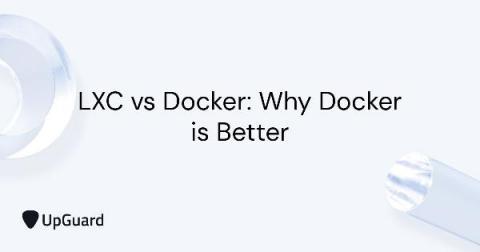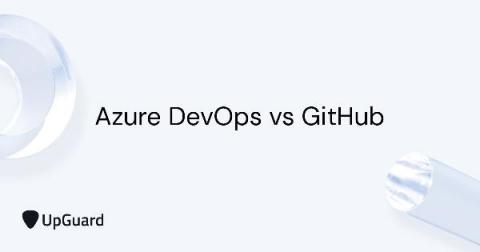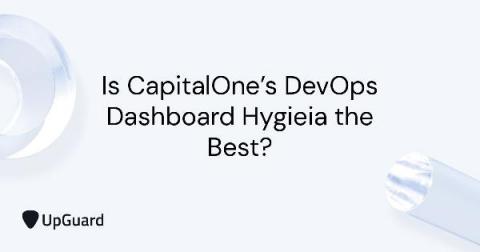LXC vs Docker: Why Docker is Better
LXC (LinuX Containers) is a OS-level virtualization technology that allows creation and running of multiple isolated Linux virtual environments (VE) on a single control host. These isolation levels or containers can be used to either sandbox specific applications, or to emulate an entirely new host. LXC uses Linux’s cgroups functionality, which was introduced in version 2.6.24 to allow the host CPU to better partition memory allocation into isolation levels called namespaces .










